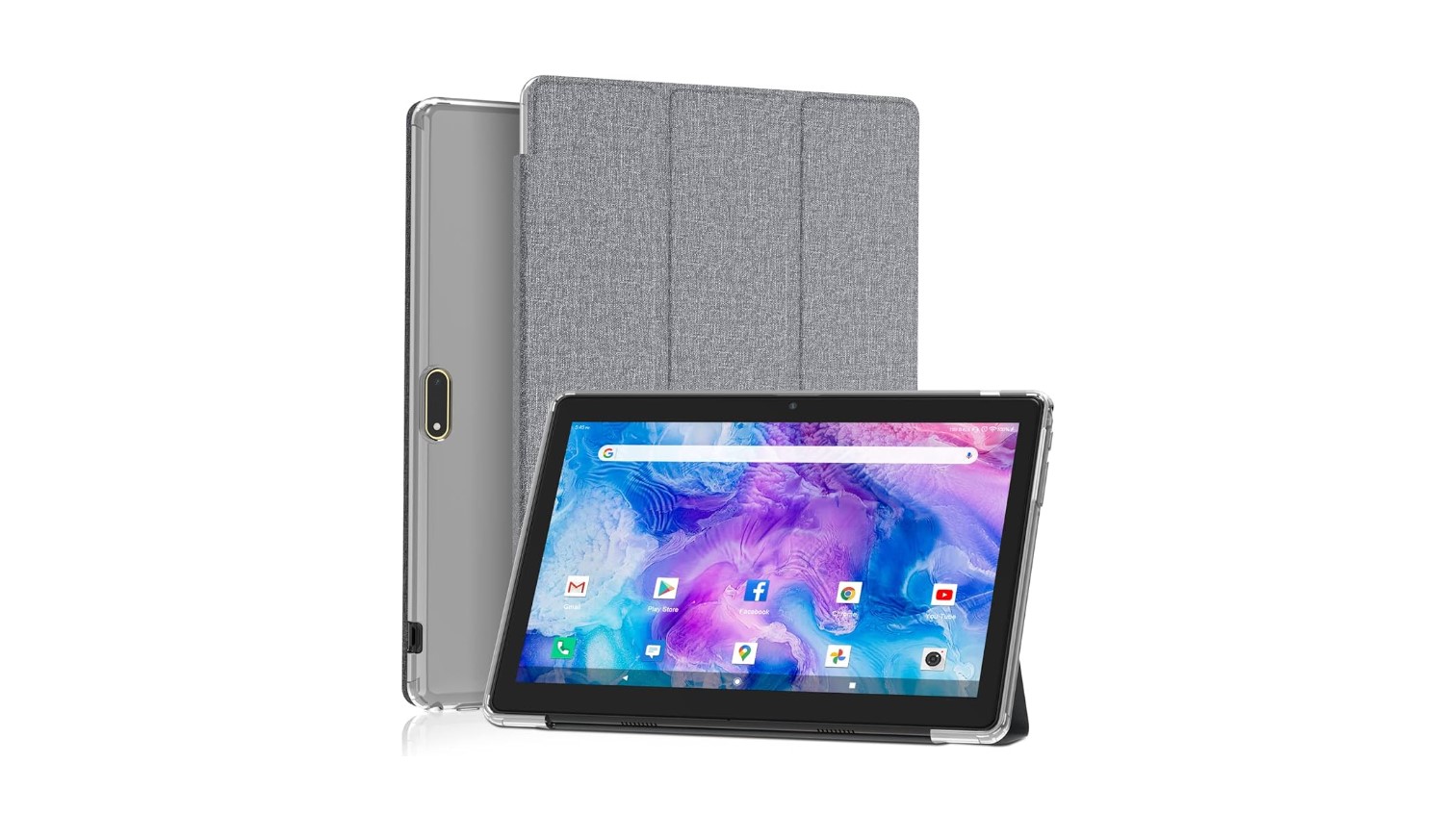
Introduction to Tablet Case Selection
Choosing the right case for your Android tablet is crucial for both protection and usability. With numerous options available, deciding which one suits your needs can be overwhelming. This guide will help you navigate the key factors to consider, ensuring your device remains safe, functional, and stylish.
Comfort and Usability
Grip and Texture
The grip and texture of a case significantly impact how comfortable it is to use your tablet. A case with a good grip can prevent accidental drops, while a pleasant texture makes holding your tablet for long periods more enjoyable. Some cases even feature anti-slip properties, which can be a lifesaver.
Ease of Installation and Removal
A good case should snap on easily but stay secure once in place. This makes it simple to clean your tablet or switch cases if you want a new look. Avoid cases that are a pain to put on or take off.
Comfort During Use
Comfort is key, especially if you spend a lot of time on your tablet. Whether reading, watching videos, or playing games, a comfortable case can make a big difference. Look for cases with soft edges and a design that fits well in your hands.
Protection
Shock Absorption
Look for cases with shock-absorbing materials that can absorb impact and protect your device from drops.
Drop Protection
Reinforced corners and raised edges are essential to protect the screen and camera from damage.
Scratch Resistance
Cases made from materials like silicone or rubber often provide good scratch resistance.
Spill Protection
Some cases have water-resistant or waterproof materials to protect against spills and accidental exposure to water.
Functionality
Built-in Stands
Some cases come with built-in stands that allow for hands-free viewing, making it easier to watch videos or browse the internet.
Keyboard Attachments
Keyboard cases are great for those who type a lot. They often include detachable keyboards that can be used as a traditional laptop keyboard.
Stylus Holders
Cases with stylus holders provide easy access to your stylus, making it convenient for drawing or taking notes.
Extra Storage
Pockets in the case can store accessories like earbuds, pens, or even small notebooks.
Style
Material
The material of the case affects both durability and feel. Silicone and rubber offer good grip and shock protection, while leather and hard plastic provide a more stylish look.
Design
Many brands offer fashionable designs without compromising on protection. Look for cases that balance style and functionality.
Color Options
Choose a case that matches your personal style or complements your tablet's color.
Comparing Different Tablet Case Options
Durability
If you need something rugged for outdoor use, go for a rugged case. For a sleek look, a folio case might be your best bet.
Keyboard Cases
These are great for those who type a lot. They often include detachable keyboards that can be used as a traditional laptop keyboard.
Kids' Cases
These offer extra protection for younger users and are often designed with safety in mind.
Material
Consider the material of the case. Silicone and rubber are good for grip and shock protection, while leather and hard plastic offer a more stylish look.
Checking Compatibility
To ensure your device supports the latest features and software updates, check the following requirements:
- Operating System: Your tablet must run the latest version of Android (currently Android 12). Older versions won't support the latest features.
- Processor: A 64-bit processor is essential. Devices with 32-bit processors won't be compatible.
- RAM: At least 4GB of RAM is required. Less memory can cause performance issues.
- Storage: Ensure you have at least 64GB of internal storage. Android 12 needs space for smooth operation.
- Display: A 1080p resolution or higher is recommended. Lower resolutions may not display features correctly.
- Battery: A battery capacity of 5000mAh or more is ideal. This ensures longer usage without frequent charging.
- Connectivity: Your device should support Wi-Fi 6 and Bluetooth 5.0. Older versions might face connectivity problems.
- Sensors: Ensure your tablet has an accelerometer, gyroscope, and proximity sensors. These are crucial for many apps.
- Camera: A 12MP rear camera and 8MP front camera are recommended. Lower specs might not support certain features.
- Security: Devices should have fingerprint or facial recognition for enhanced security features in Android 12.
Cleaning and Maintenance
To keep your tablet case looking fresh and new, follow these cleaning tips:
- Damp Cloth: Most cases can be cleaned with a damp cloth and mild soap.
- Avoid Harsh Chemicals: Avoid using harsh chemicals that could damage the material.
- Regular Cleaning: Regular cleaning keeps your case in good condition and prevents dirt buildup.
Performance Impact
Not all cases impact performance, but some might block ports or interfere with sensors. Always check reviews and compatibility with your specific tablet model to ensure that the case does not hinder your device's functionality.
Summary
Choosing the right tablet case is essential for keeping your device safe and making it more useful. By considering factors like comfort, protection, functionality, and style, you can find a case that fits your needs perfectly. Whether you need something rugged for outdoor use or a sleek folio for school, there's a case that fits the bill. Always make sure it fits your tablet perfectly and offers the features you need to enhance your tablet experience.
